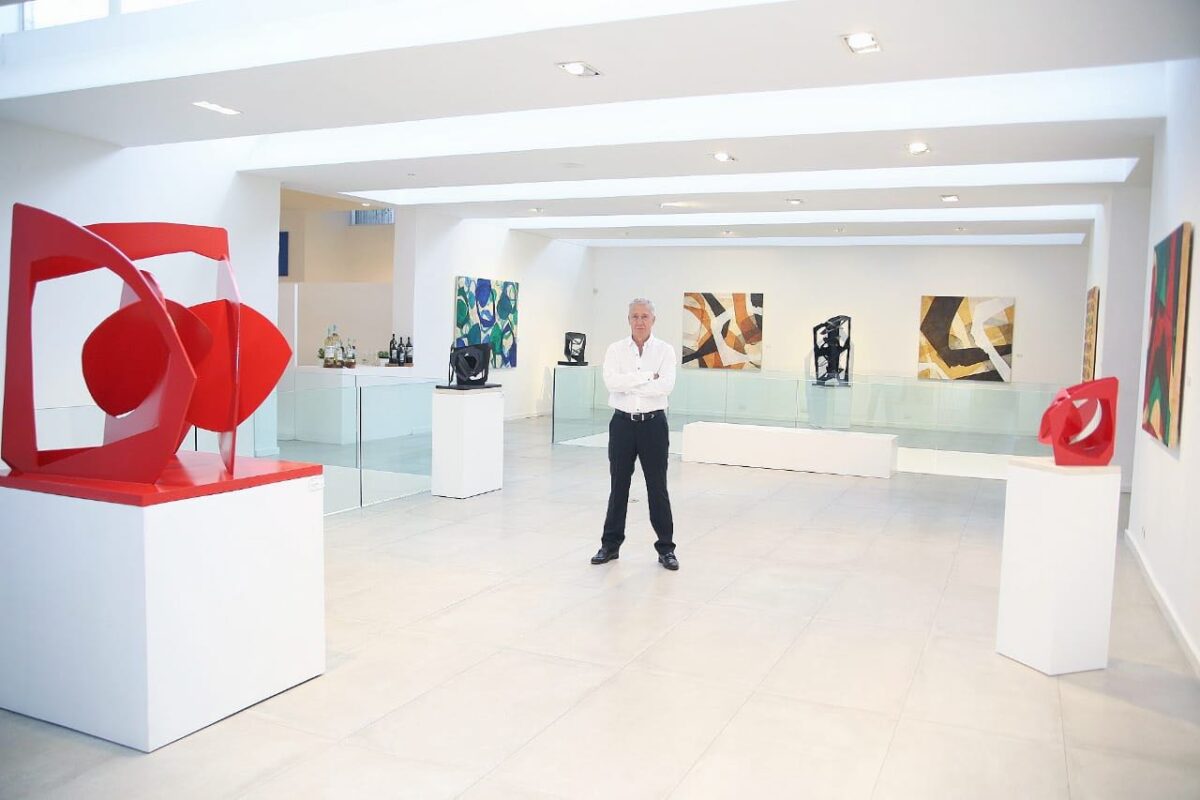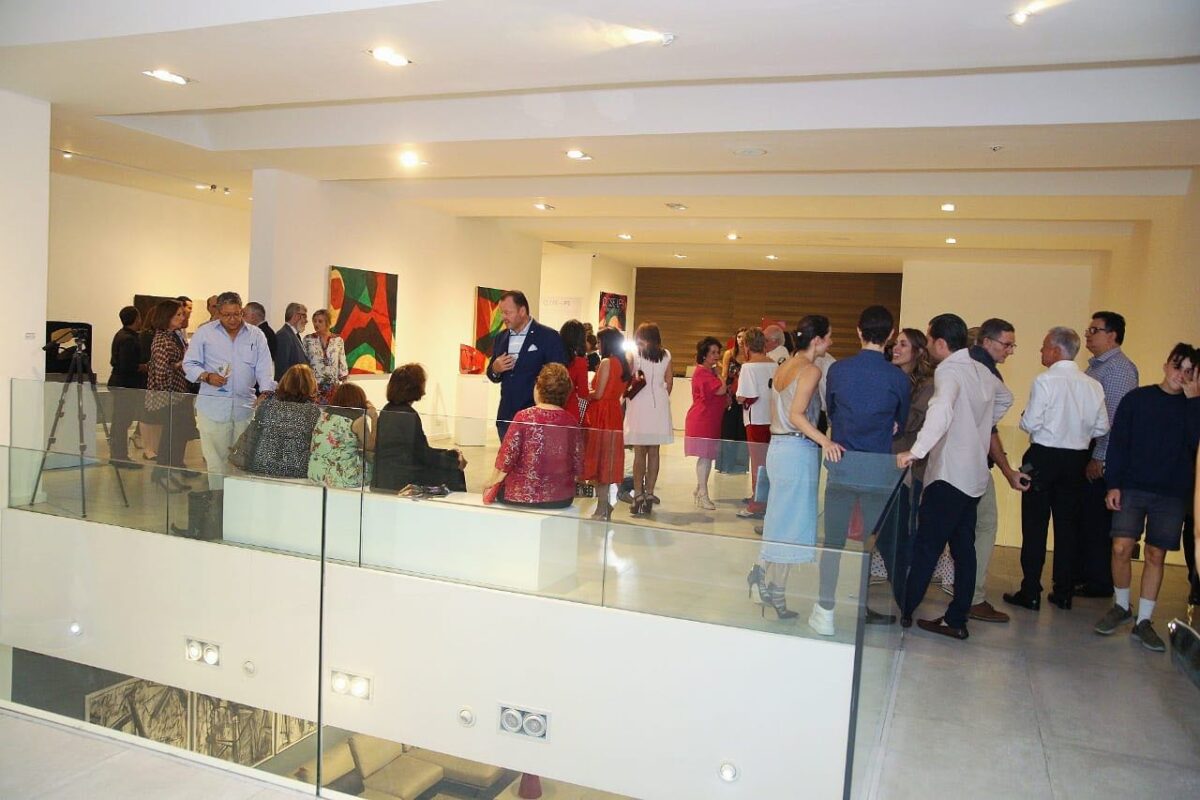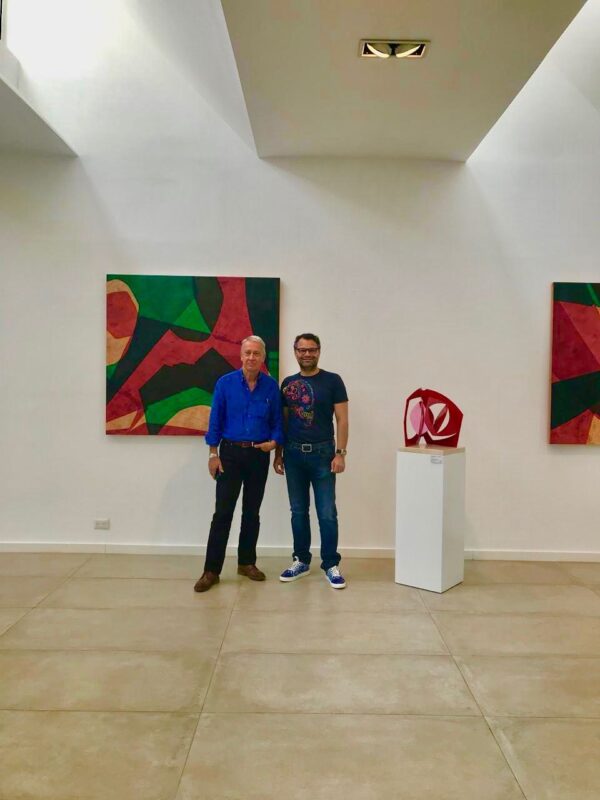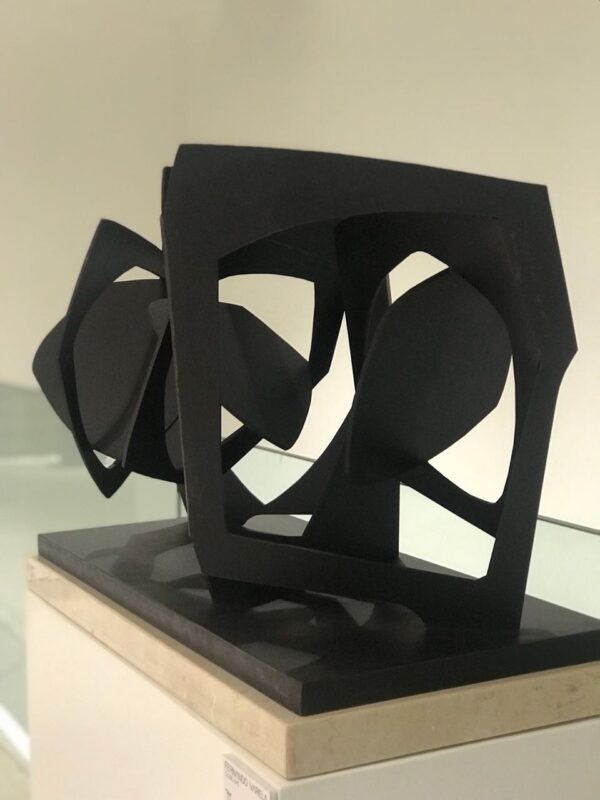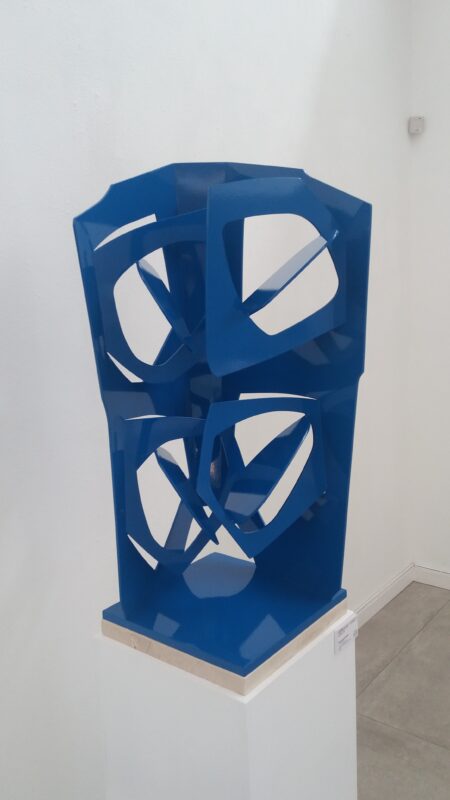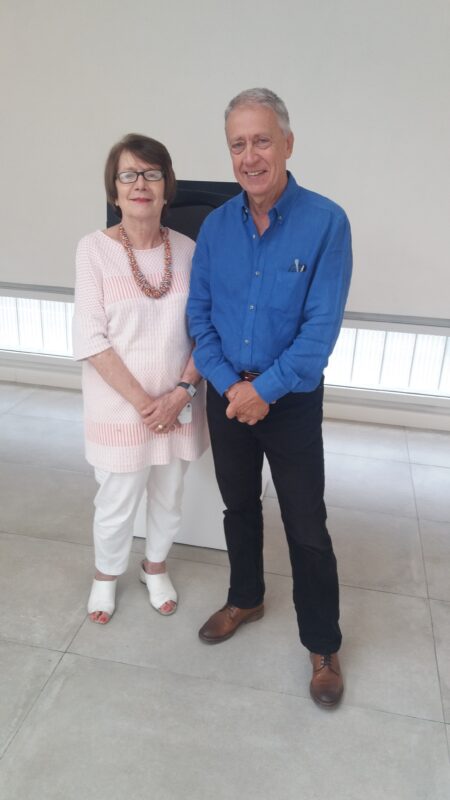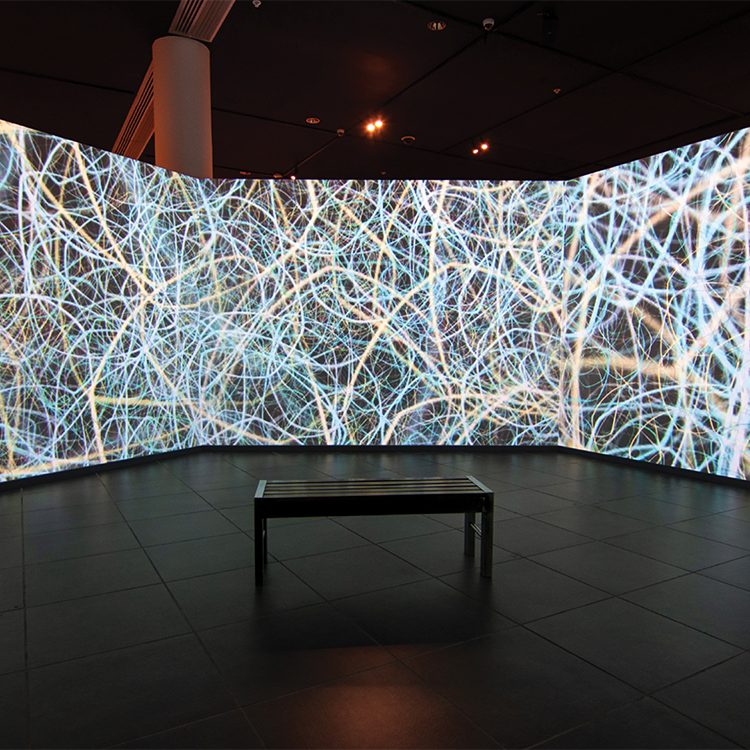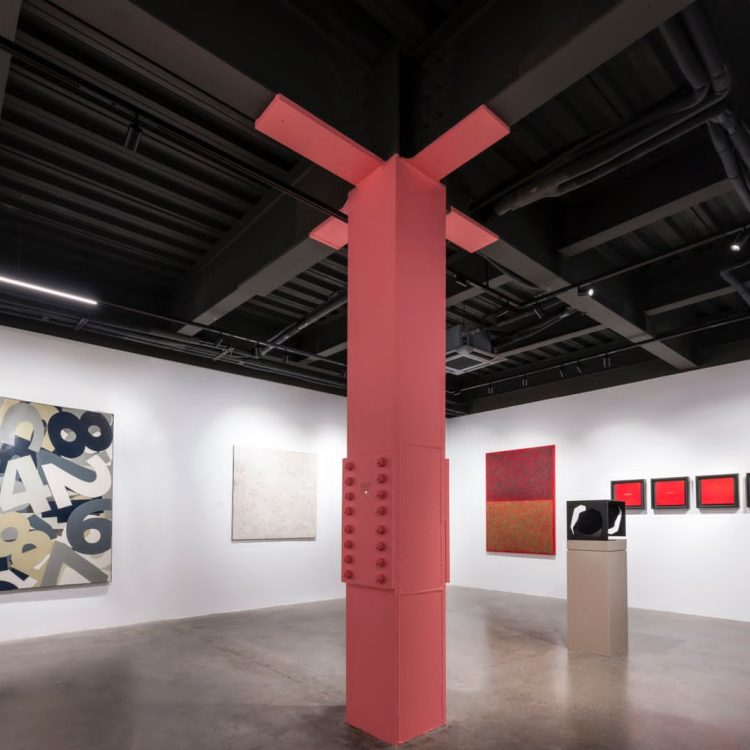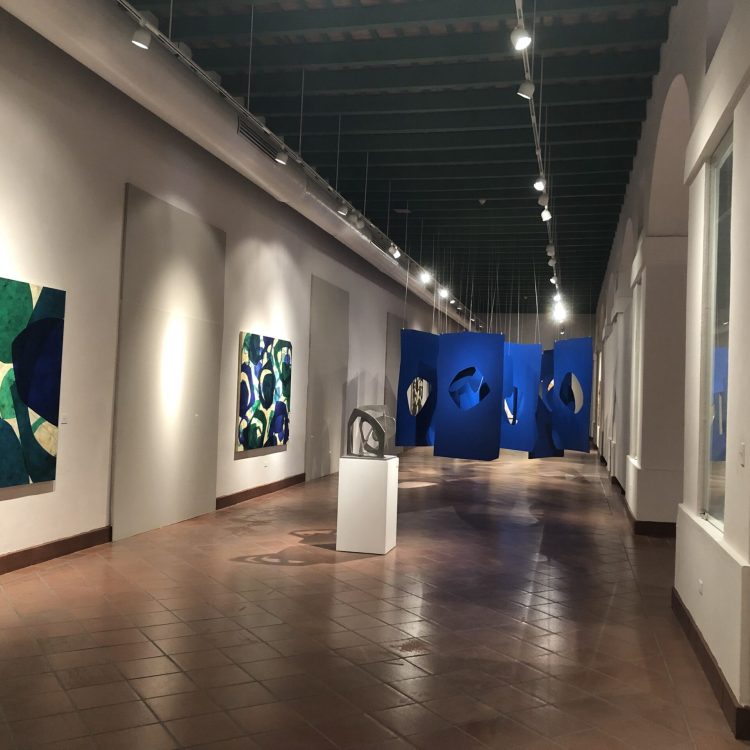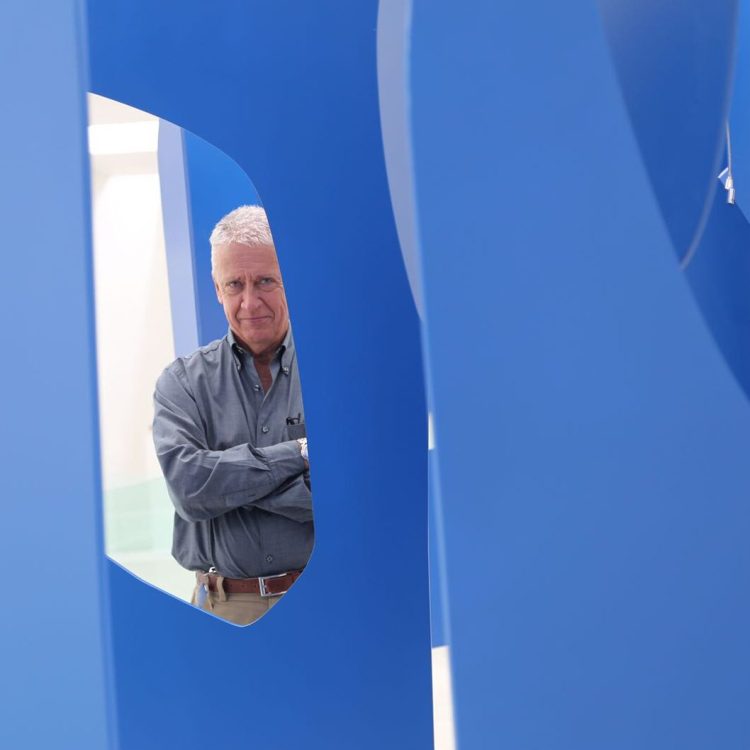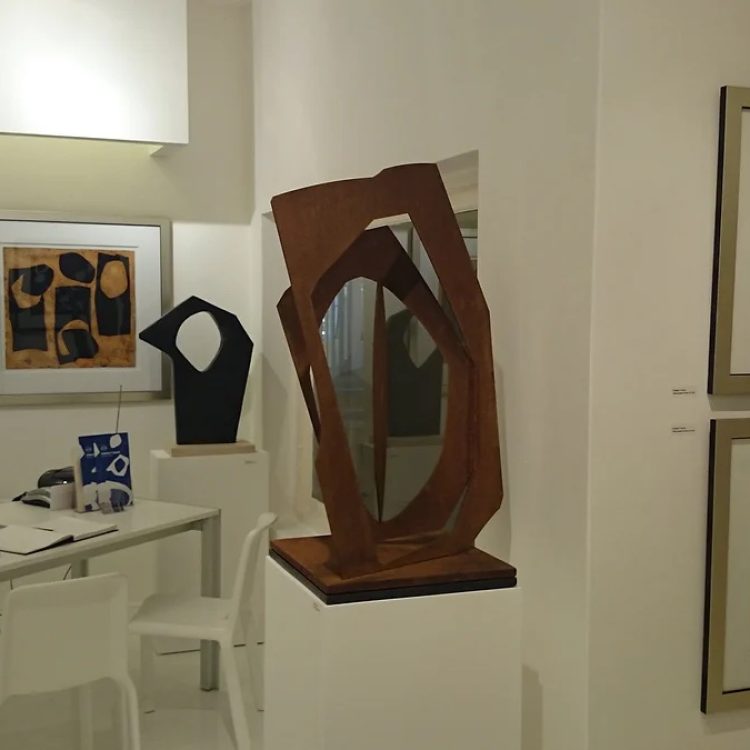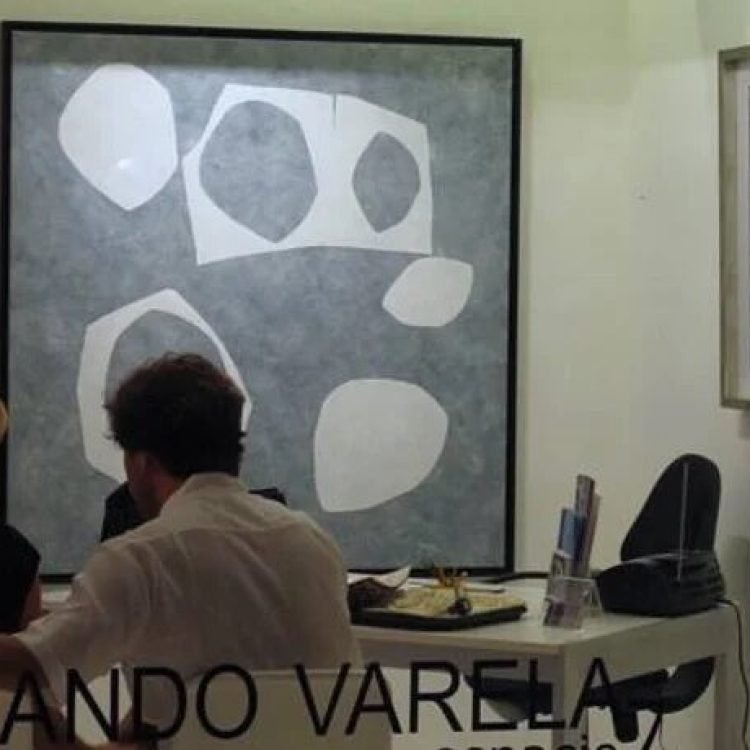Exhibitions > Close - Ups
ASR Contemporary
Any philosophical and spiritual expression that Fernando Varela has sought to express in his new visual-plastic adventure is displayed and splendid in the twenty works that make up the exhibition "Close-Ups." This production, as the artist describes, is driven by the idea of "getting intimate with the essence of perception that arises from the way we interact with space and time and how the observer's points of view and what is observed affect the connection with reality."
This concept is close to the theoretical approaches of the French philosopher Merleau-Ponty, when he points out in his book “Phenomenology of Perception” (Taylor and Francis e-Library, 2005) the following: “Space is motor activity. To explore an object, a person must move toward it, placing it at a certain distance. If I change the perspective, the perception of the object also changes.”
In his thirst for experimentation and exploration through observation, Valera achieves masterful framing and close-up views of forms and/or voids. Drawing on the close-up technique (originating in photography and frequently used in film and television), he defines the object from a very close and detailed perspective. At the same time, this opens up the possibility of scaling and transforming the depicted subject, accentuated by optical rhythms of strong contrasts. This is how the artist manages to direct the viewer's gaze, engaging and trapping them in a subtle interplay of emotions and sensations, in the manner of the kinetic art experience.
We can explore the paintings in the exhibition while penetrating the most intimate substratum of their pictorial layers and glazes. Varela displays variations on a common theme and different framings that enhance the depicted forms. He is interested in the investigation of color and its versatility, activating the dynamic relationships between fields, shapes, and lines through the lens of the phenomenology of perception.
Along with its ochres and blues, it surprises with its bright green, sienna, and red tones, generating a new sense of rhythmic movement in the composition. This effect is achieved by juxtaposing different planes, revealing the colors beneath each layer, thus recreating a surprising micro-world in a process of synthesizing forms.
In the series "Fragmentations," part of this exhibition, Varela examines a broad repertoire of possibilities derived from the original collage in "Form and Void," whose structure can be understood as minimal elements arranged serially and repetitively on a reticular surface in different positions and movements. In these works, some on canvas and others on paper, the artist also explores the optical effects resulting from movement, transparencies, and superpositions, as well as the tensions generated by the interaction of colors and shapes.
The sculptures in this exhibition, part of the "Form and Void" series, follow the same conceptual development as his experimental pictorial research. The sculptures express Fernando Varela's intention of pursuing a constructivist approach, suggested by the cut geometric planes that minimize volumetric mass. The decisive element of this conceptual exploration seems to lie as much in the emphasis on the integrality of form as in its absence. The contrast between matter and its imprint, light and darkness, and the allusion to various archetypes, such as feminine-masculine, matter-antimatter, and part-whole, connect with the ideas and reflections on essential philosophical principles in this artist's work.
Ultimately, we highlight among the valuable contributions and great achievements of this latest installment by Fernando Varela: transforming every emotion, reflection, and gesture into a powerful sensorial experience. Even more: achieving the ability to move the viewer with the power of abstract art and feel the mystery of the aesthetic experience. This Close-Ups exhibition captivates, seduces, and transports the viewer to extraordinary dimensions where art and the inner self embrace.
Paula Gomez Jorge
Art historian, curator, researcher and cultural manager
